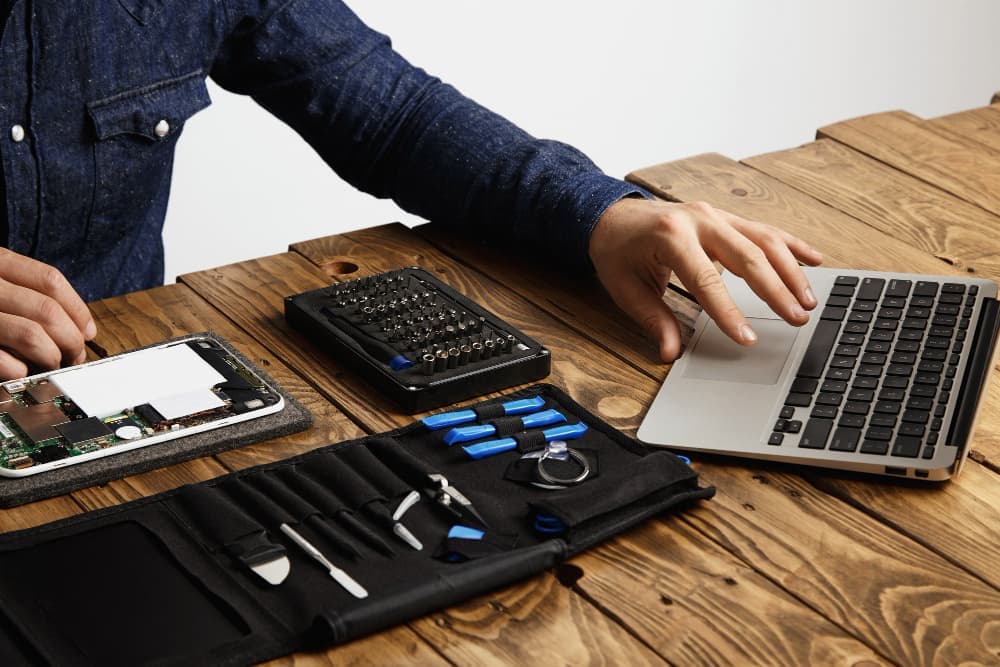Blog
How to Upgrade Your Laptop: Memory, Ram, SSD & More

Introduction
Upgrading your laptop can bring new life to your device, making it faster and more efficient. If you want to boost the performance, upgrading key components like memory (RAM), storage (SSD), and others can make a significant difference. Here’s a simple guide to help you through the process.
1. Check Compatibility
At first, ensure the components you plan to upgrade are compatible with your laptop model. Check the manufacturer’s website or your laptop’s manual for details on what upgrades are possible.
2. Upgrade Your RAM (Memory)
Adding more RAM can significantly improve your laptop’s performance, especially for multitasking.
Identify current RAM:
Find out how much RAM you currently have. You can check this in the system settings of your operating system.
Determine Maximum Capacity
Check the maximum RAM capacity your laptop can handle.
Purchase compatible RAM
Buy RAM modules that match your laptop’s specifications (DDR3, DDR4, etc.).
Installation Steps:
3. Upgrade Your Storage (SSD)
Switching from a traditional hard drive (HDD) to a solid-state drive (SSD) can dramatically speed up your laptop.
Choose the Right SSD
Determine whether your laptop uses SATA or NVMe SSDs.
Backup Your Data
Before upgrading, backup your important data to an external drive or cloud storage.
Installation Steps
4. Upgrade Other Components
While RAM and SSD upgrades are the most common, you can also consider upgrading other components if your laptop supports it.
Battery
If your battery life is poor, consider replacing it with a new one.
Wi-Fi Card
Upgrade to a newer Wi-Fi card for better internet connectivity.
Keyboard and Trackpad
If these are worn out, they can often be replaced.
5. Post-Upgrade Tips
After upgrading your laptop, follow these tips to ensure everything runs smoothly:
Update Drivers
Ensure all your drivers are up-to-date for the new hardware.
Run Diagnostics
Use diagnostic tools to check that your new components are functioning correctly.
Optimize Performance
Adjust system settings to make the most of your new upgrades.
conclusion
Upgrading your laptop’s RAM, SSD, and other components can extend its lifespan and enhance its performance. With a few simple steps, you can transform your device into a powerful tool that meets your needs. Remember to always check compatibility, back up your data, and follow safety precautions while performing upgrades.

Ready to gain competitive advantage by harnessing
data and modernising your technology?
Contact Us
Office No. 204, 2nd Floor Gredco Building, 1 C Ring Rd, Doha, Qatar
Copyright © 2023 Techno Hub Trading and Services.
